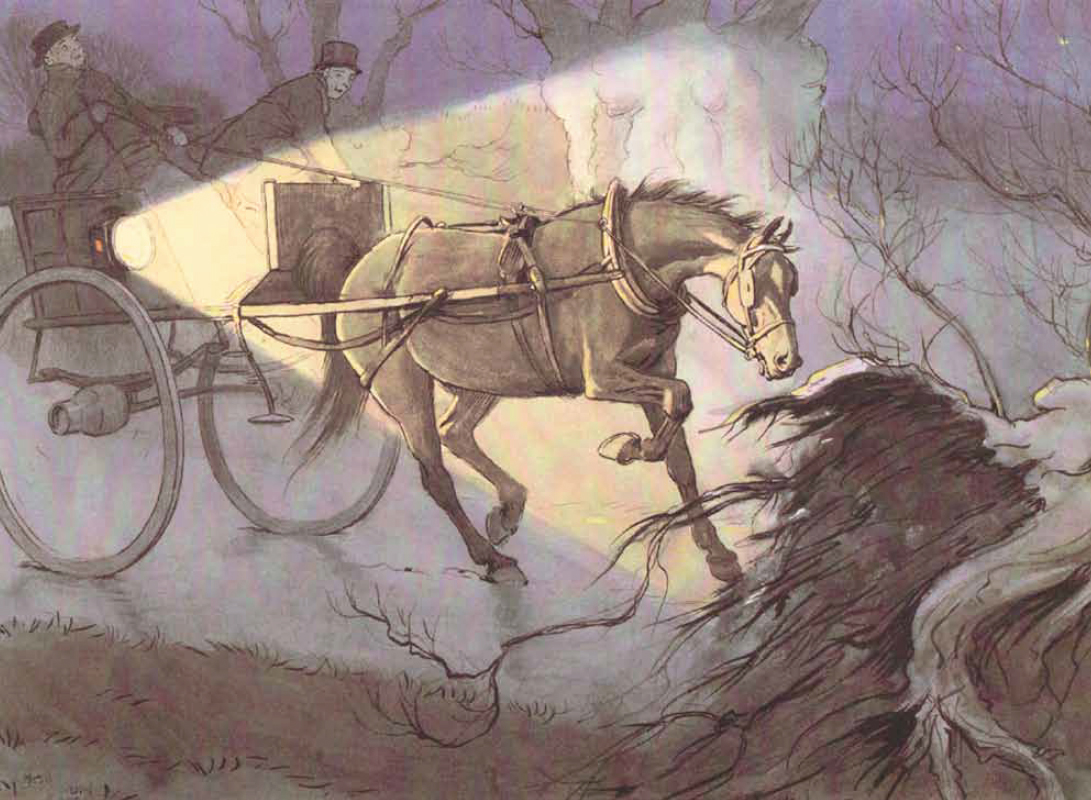Jarrold's History - 1800s
• British under Lord Horatio Nelson defeat Napoleon at Trafalgar • Slave trade abolished in Britain • Norwich's railway station opens with a line from Norwich to Great Yarmouth
The start of the 19th century saw the entrepreneurial John Jarrold II diversify from retail into farming and then into printing, chasing the most economically advantageous business at the time.
Having dissolved a partnership with Richard Bidwell in 1811, with whom he had developed a Norwich-based business manufacturing sacks for transportation, John Jarrold II purchased Grove Farm at Dallinghoo, Suffolk. It was a mixed farm, growing crops as well as keeping animals.
In 1815, with the collapse of farm prices, John Jarrold II established a printing press at the farm and formed a partnership with his brotherin-law Benjamin Smith. This was dissolved in 1821 by mutual agreement, leaving John Jarrold II the lion's share of the stock and equipment to continue in the printing trade.


Busy Norwich provided the ideal place to move the business to in 1823. John Jarrold II set up as a bookseller, publisher and printer at 3 Cockey Lane (as London Street was then called), opposite the present premises, which he ran with his four sons John James, Samuel, William and Thomas. In 1840 they moved to part of the present site at London Street. Over the next 164 years the company gradually acquired the rest of the current site.
Offices were opened in London and new printing works were built in Little London Street in about 1860. Thomas Jarrold was one of the originators of The Norfolk News, printed by Jarrold from 1853 to 1858. It was a forerunner of Archant, publishers of the Eastern Daily Press and Norwich Evening News.
An ardent enthusiast of the Temperance movement and a subscriber to Norwich City Mission, John Jarrold II gave addresses to the public, seeking practical support and spiritual comfort for the poor.
After John Jarrold II's retirement in 1844, his son Samuel ensured that Jarrold went on to publish an extensive series, marketed as Norwich Tracts. Buy Your Own Cherries was one of the titles circulated throughout Britain and her colonies in its hundreds of thousands.
The first edition of one of the most famous children's books of all time, Anna Sewell's Black Beauty, was published by Jarrold in 1878. This illustration is one of a series of 18 watercolours by well-known animal painter Cecil Aldin, commissioned by Jarrold for an edition in 1912.


